Luderitz
Lüderitz is a coastal town in southwestern Namibia. The town is named after Adolf Lüderitz, founder of the German South West Africa colony.the best possible experience of mountain life.
The town is known for its colonial architecture, including some Art Nouveau work, and for wildlife including seals, penguins, flamingos and also ostriches. It is also home to a museum and lies at the end of a currently decommissioned railway to Keetmanshoop.
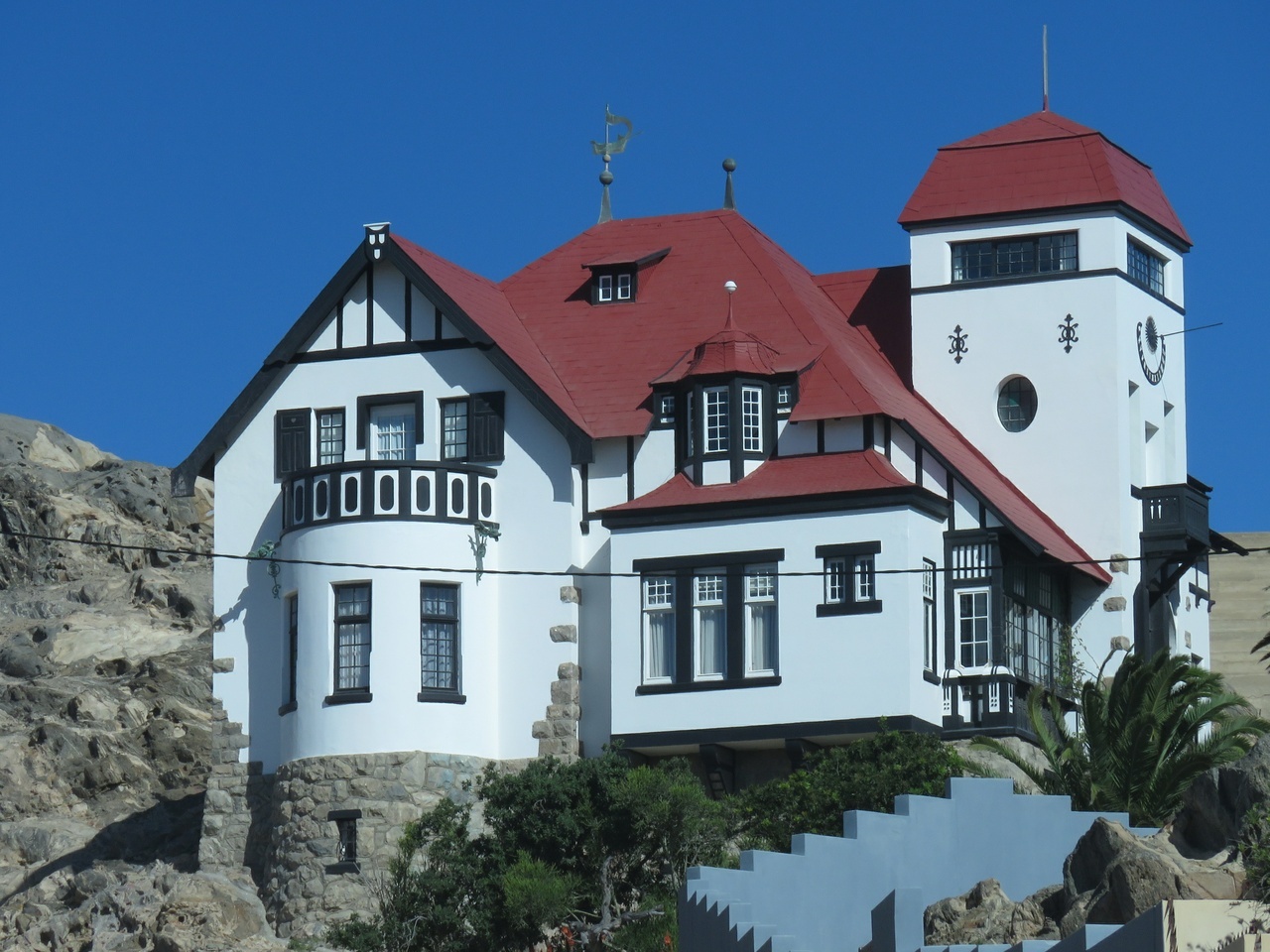
Goerke Haus
This beautifully restored old home is one of the finest in Lüderitz and a must see when visiting here. Built in the early 20th century for the head of the Namibian diamond company. Finished in 1910 it was cutting edge design. It has passed through several hand over the last 100 years but has been well restored and is well worth a visit
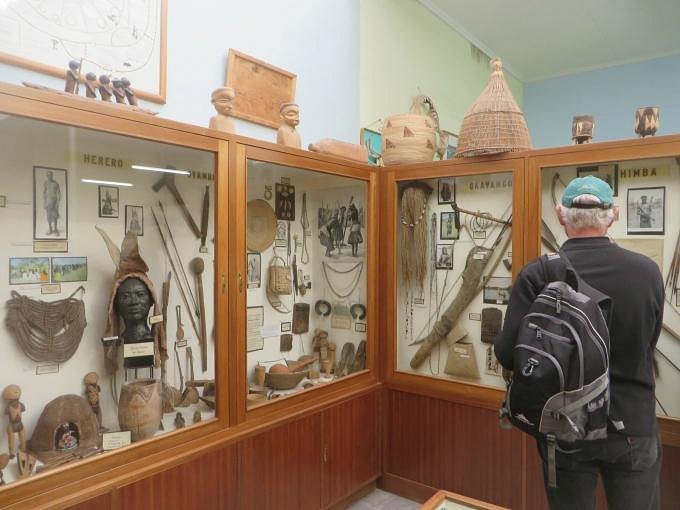
Luderitz Museum
This museum contains information on the town’s history, including displays on natural history, local indigenous groups and the diamond-mining industry. Situated in the heart of the historic coastal town of Lüderitz, Namibia, the Lüderitz Museum stands as a beacon of cultural and historical preservation. It is an amazingly eclectic mixture .
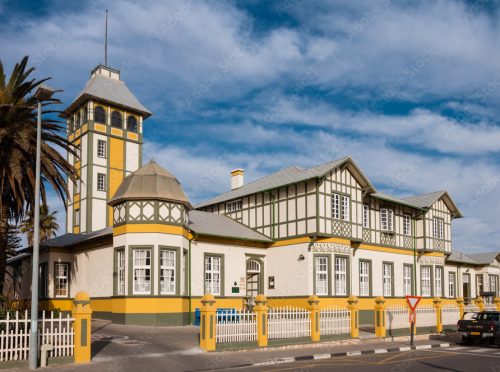
Woermann Haus
From the shore, the delightful German-style Woermannhaus stands out above surrounding buildings. It is easily recognized as the building on the high ground with a decorated tower (Damara Tower). Visitors can climb the tower and visit the Swakopmund Arts Association on the first floor, which has exhibits of traditional Namibian art.
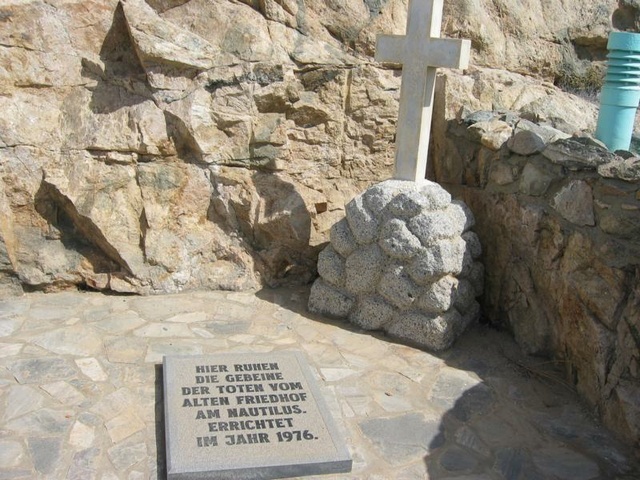
Lüderitz Memorial
What is today known as Lüderitz was founded in 1487 by Bartolomeu Dias as Angra Pequena (Portuguese for Small Bay). During the early 19th century it became a trading post and in 1883 Adolf Lüderitz from Germany purchased Angra Pequena. When he did not return from an expedition in 1886 Angra Pequena’s name was changed to Lüderitzbucht in his honour.
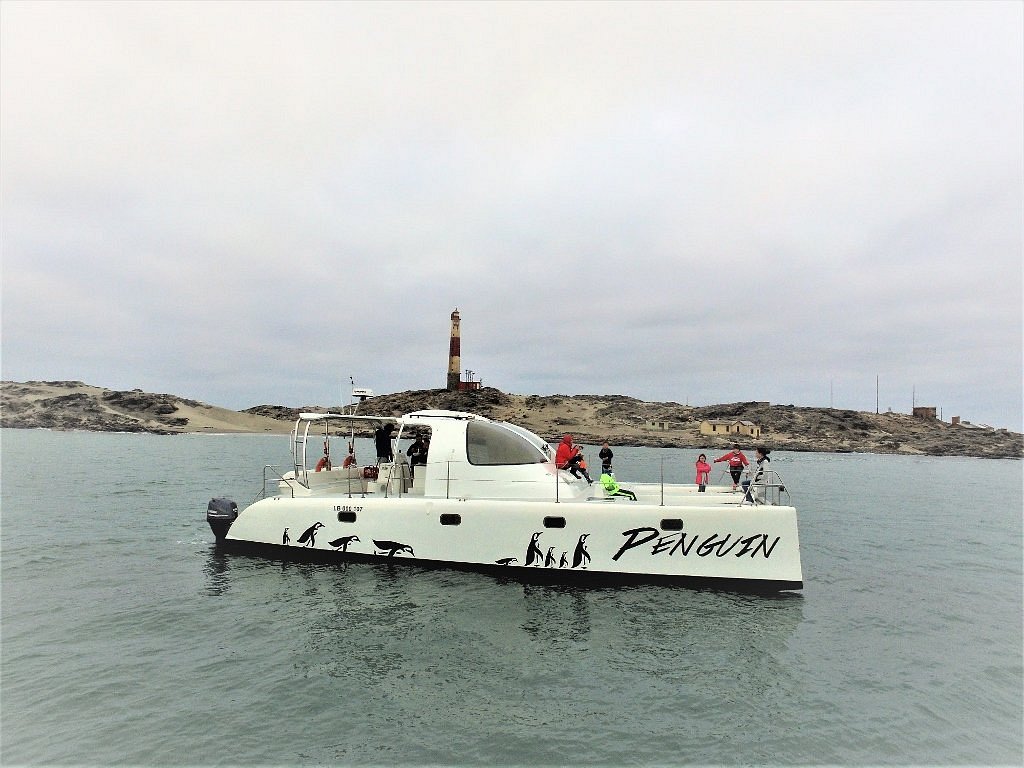
Penguin Boat Tours
Penguin Catamaran Tours offers an outstanding opportunity for a boat trip in Lüderitz, Namibia. The catamaran tours are centred around an unforgettable trip to Halifax Island, home of a thriving African penguin colony. Along the way, passengers can see various marine wildlife, including dolphins, birds, seals, and, occasionally, whales.
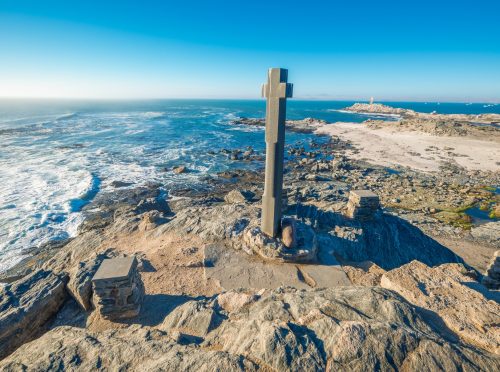
Diaz Point Cross
Situated on the point of Lüderitz peninsula is an original Portuguese stone cross that was erected by Bartolomeo Diaz when he landed here in 1488. A MUST visit when travelling through Namibia! No other spot along Namibia’s coastline has quite the aura and historic significance of Dias Cross at Dias Point
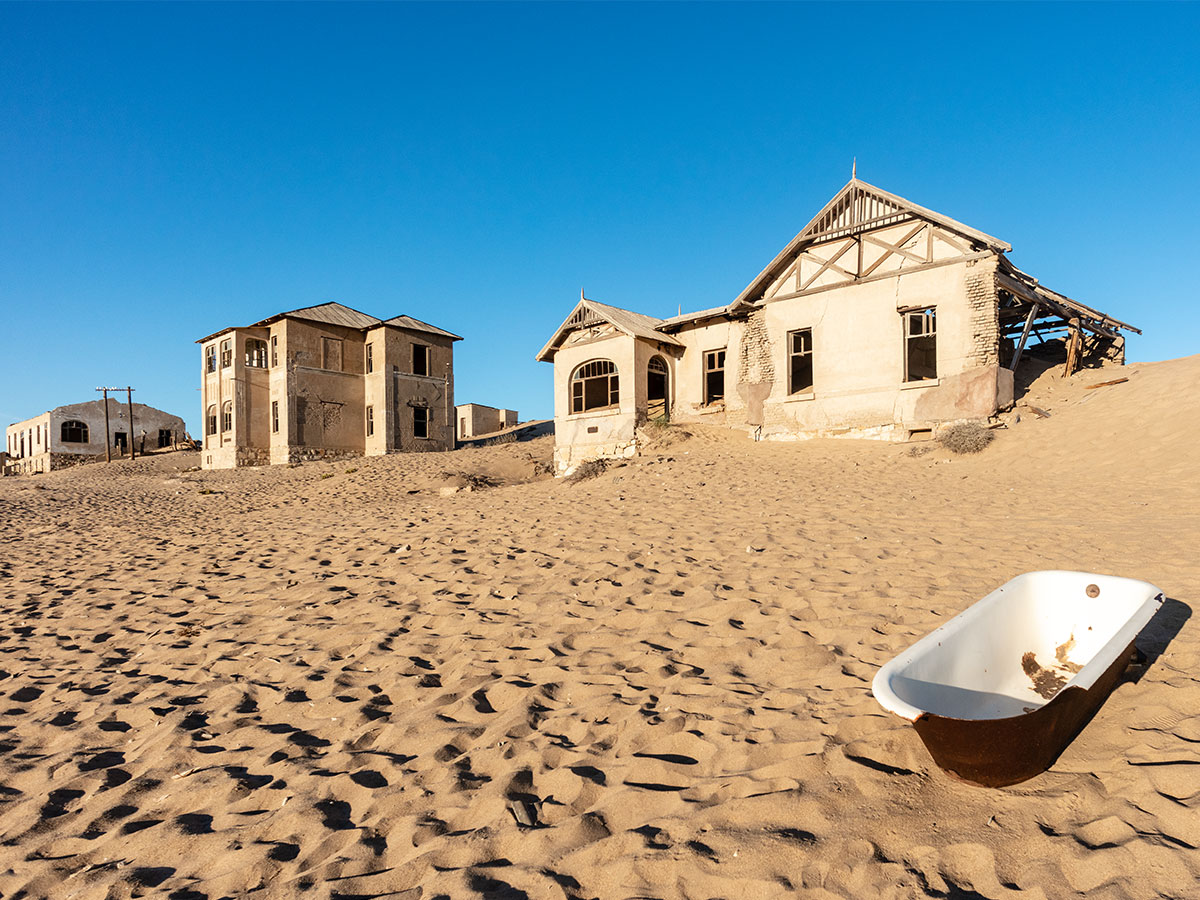
Kolmanskop Ghost Town
Kolmanskop is a ghost town in the Namib desert in southern Namibia, 10 kilometers (6.2 mi) inland from the port town of Lüderitz. It was named after a transport driver named Johnny Coleman who, during a sand storm, abandoned his ox wagon on a small incline opposite the settlement. The town was ultimately abandoned in 1956.
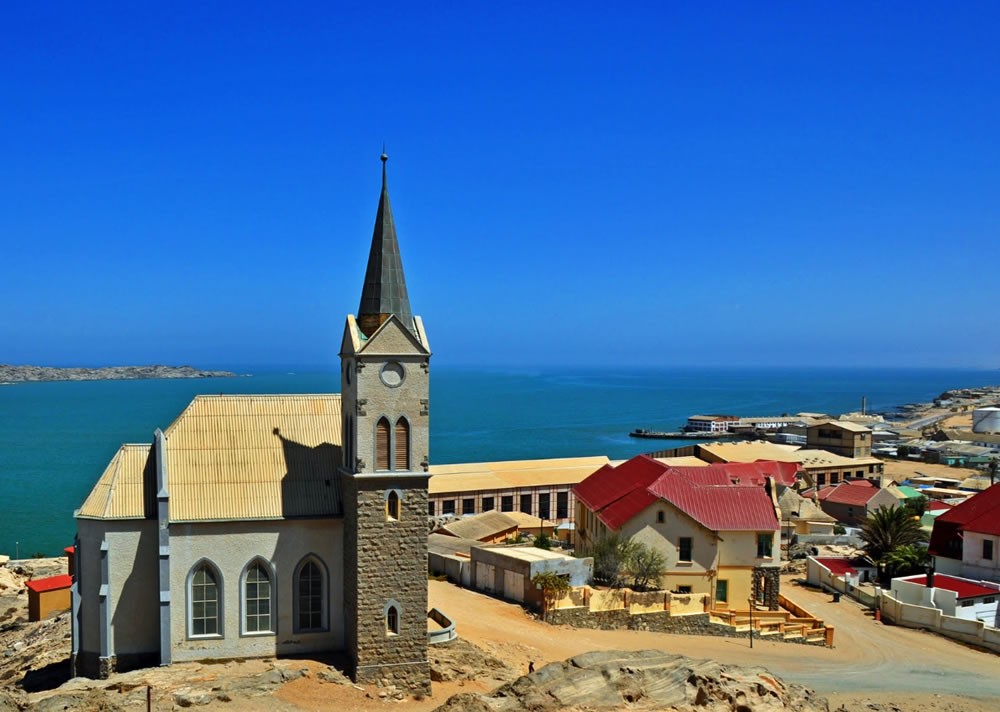
Felsenkirche Lüderitz
The Evangelical Lutheran Church, popularly known as the Felsenkirche (literally: “church on the rocks”), is the highest placed of all the buildings in Lüderitz. The German name comes from the fact that its foundations are a natural granite. This church is not only one of Namibia’s architectural jewels, but also one of the oldest Evangelical Lutheran churches in Namibia.
